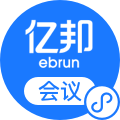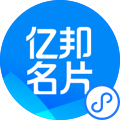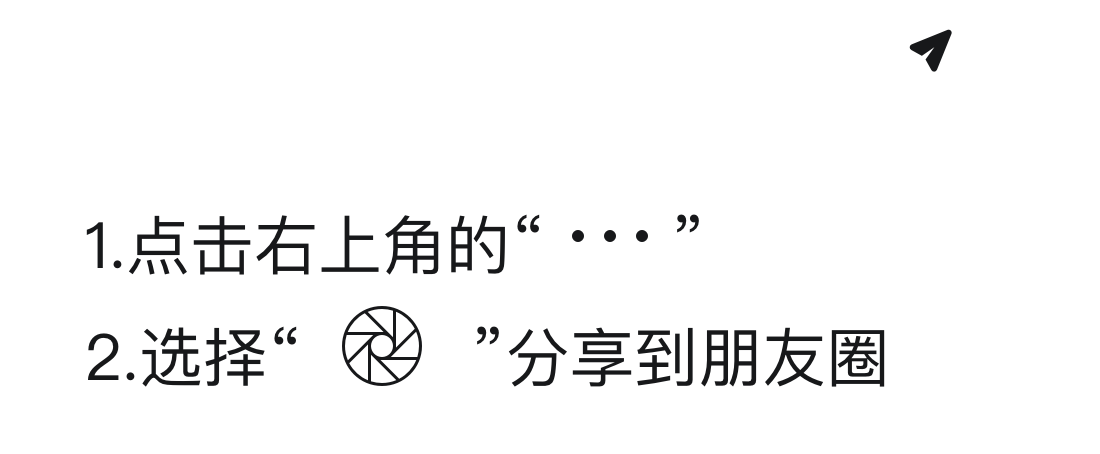微信小店新规优化商品标题以提升搜索效率,指导商家避开误区。
1.重点信息:指南明确将品牌蹭流(如使用无关关键词【香奈家同款】)、仿冒名人(如【杨幂同款】)和热词蹭流(如无关热词【擦鞋湿巾】)列为不规范标题,旨在通过精准匹配用户需求提高转化。
2.实操干货:优化需聚焦产品卖点描述,包括功能、颜色、使用方式和适用人群,避免误导性信息,以增强商品在搜索推荐中的曝光机会。
此次指南延续前期要求,强调标题主体与属性一致、避免错别字,商家可据此调整标题策略以应对平台监管强化带来的创作自由压缩。
新规助力品牌保护并引导营销策略优化,强化用户匹配机制。
1.品牌营销启示:禁止蹭流行为如无关【香奈家同款】标题,减少品牌侵权风险,鼓励围绕自身产品核心属性(如功能和使用方式)构建营销内容,以精准触及目标消费者。
2.消费趋势响应:用户行为更偏向清晰真实的描述,指南推动标题规范化,反映消费需求趋势,商家可借此加强品牌忠诚度,避免模糊宣传损害品牌形象。
3.产品研发引导:通过强调卖点描述,品牌需研发更贴合用户场景的产品,提升研发聚焦点,如颜色和适用人群设计,应对平台流量规则的集中化治理趋势。
政策出台提示新机遇与风险,指导销售策略调整。
1.政策解读:微信小店强化商品标题监管,禁止不规范蹭流行为(如【杨幂同款】),要求标题信息一致,以避免惩罚和减少曝光风险。
2.风险提示:创作自由度受限,商家需注意合规边界(如避免错别字)防止搜索降权,标题优化不当可能导致转化率下降。
3.机会提示:通过聚焦卖点(如功能和使用方式)优化标题,商家可提高搜索匹配效率,获取新增长机会,类似平台治理可学习点。
最新商业模式启示:规范指南反映平台流量可控化趋势,商家可合作微信小店资源,寻求扶持政策下提升转化率的机会。
指南提供产品设计启示与数字化推进方向,促进务实生产。
1.产品生产设计需求:优化指引强调标题需突出功能、颜色和使用方式,指导工厂生产更贴合场景的产品(如适用人群),减少无效设计聚焦实际卖点。
2.商业机会:避免蹭流鼓励真实描述(如避免【擦鞋湿巾】无关热词),可提高商品转化率,带来电商平台销售机会。
推进数字化启示:微信小店治理规则(如标题一致要求)推动工厂加速数字流程(如电商标题规范),利用平台机制提升产品可见性,应对商业化进程中自由压缩的挑战。
新规揭示行业趋势与客户解决方案,应对标题痛点。
1.行业发展趋势:微信小店强化搜推规则治理,使内容分发更可控,反映电商平台规则统一化趋势,服务商可据此预测客户需求变化。
2.客户痛点:商家面临不合规标题风险(如蹭流处罚),痛点集中在对平台规则理解不足,容易使用无关关键词导致流量损失。
3.解决方案:指南提供优化策略(如聚焦卖点和属性描述),服务商可开发工具或咨询支持客户标题规范化,实现搜索效率提升。
新技术启示:规范机制类似系统权重强化,服务商可整合数据解决方案,帮助客户在平台监管下规避风险。
平台最新治理做法强化风险可控性,完善运营管理。
1.平台最新做法:微信小店发布《商品标题搜推指南》,设立标题权重标准,明确禁止蹭流行为(如品牌无关【香奈家同款】),以优化搜索推荐机制。
2.商业需求解决:商家需更清晰的规则导航(如属性信息一致),平台回应此需求通过指南统一流量识别标准。
3.运营管理启示:强化监管可提升招商吸引力(如规范标题提升转化),平台通过风险规避(如标题合规检查)保障用户体验。
平台招商策略:延续前期要求引导商家优化,在商业化加速中管理风向规避,应对商家自由度压缩的治理挑战。
新规揭示产业动向与新问题,提供商业模式启示。
1.产业新动向:微信小店治理规则加速商业化进程,使内容分发机制更集中可控,显示平台规则强化趋势。
2.新问题探析:商家创作自由压缩引发合规边界挑战(如标题优化与曝光平衡),暴露平台控风险与商业利益矛盾。
3.政策法规启示:指南禁止蹭流行为(如仿冒名人)建议法规优化点,研究可探索此类治理对市场公平性的影响。
商业模式研究:强化标题权重反映搜索推荐精细化,研究者可分析该模式对其他电商的借鉴作用,评估用户行为驱动规则的可持续性。
返回默认












